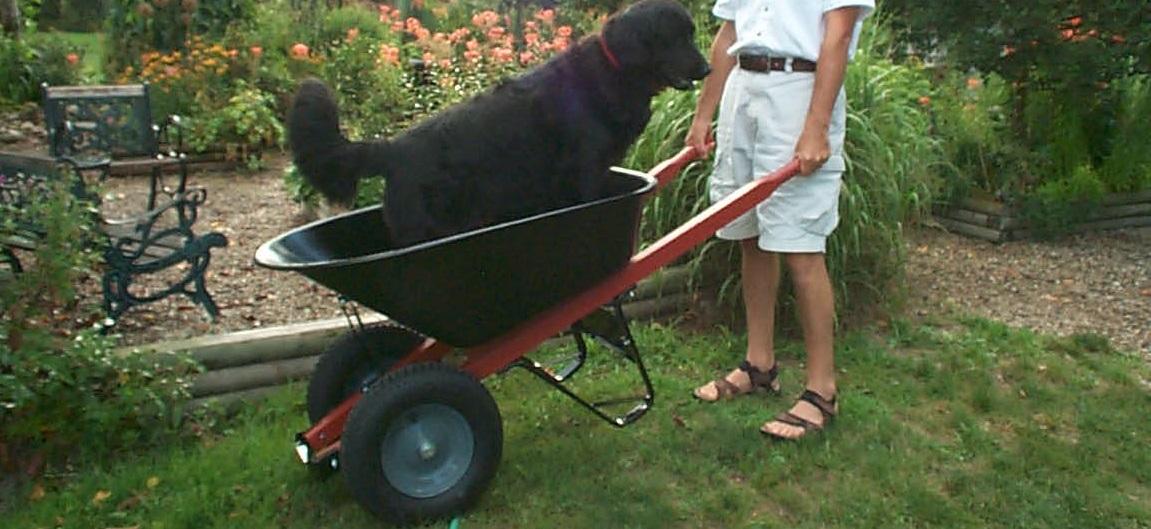Are you the type of gardener who plants shrubs and perennials everywhere, with the odd pot of annuals for colour? For us, gardening is reduced to a few hours of weed pulling in the spring, and a few hours of hacking and trimming in the fall. If you garden like I do, chances are that you have also had at least one Monday like mine today, where every muscle is making itself known.
If you look, you’ll find lots of great advice for avid gardeners who actually plan their garden activities, and get out there on a regular basis. For example, the National Gardening Association has some great advice for choosing and using garden tools appropriately, and Prevention has excellent tips for how to garden without creating pain. Over the years, Taylor’d Ergo has tried out and reviewed weed pullers, shovels, and hand tools. And knee pads….yesterday I’d have paid handsomely for a kneeling mat or pair of knee pads! (Bending and squatting to save my knees took a hefty toll on my back.) For the record, I do use “ergonomic” tools, I choose potted plants instead of beds, and I stretch periodically and take breaks. But gardening is not an activity that I do often enough to develop strength in those muscles, so I’m bound to ache after I spend two or three hours digging and pulling.
As an ergonomist, I’m typically more concerned with prevention than treatment, and I’d typically report on tools you could buy for next spring’s blitz, or work methods that would make your next gardening effort less uncomfortable. But today I thought I’d review how to deal with Monday morning misery (perhaps because it’s on my mind….):
1. Firstly, rest assured that that time will heal your wounds. Most muscle pain heals with time, even if you don’t treat it. Over-using a muscle is supposed to cause discomfort if your body is responding normally. If your pain is severe, or doesn’t go away in a few days, by all means, see a doctor to rule out anything ominous, but in most cases, time will do the trick.
2. Do NOT go to bed and wait for it to be over! Don’t even try to “sit it out.” Years ago, bedrest was the treatment of choice for back pain. We now know that movement is critical in getting these aches to go away. Take a walk at lunch, stand to work…keep moving! You’ll feel better, faster, if you stay active, even if it hurts to do so.
3. Stretch! Gentle back extensions, hamstring stretches, calf stretches…lengthen all the muscles that hurt. Stretch slowly and gently, hold for at least 10-30 seconds (the longer the better), and stretch both sides of each joint (left/right, forward/back).
4. Reward your efforts with a nice massage and a good night’s rest.
5. If the pain is persistent or doesn’t allow you to move, or if you have swelling, there are some treatments you can try. Treatment does not “cure” back pain; it only helps you control the pain and let you get back to normal activities sooner. (And that, as noted above, is important!) Treatments that have been shown to help with pain include: staying active, non-prescription pain relievers or muscle relaxants, spinal manipulation, heat, and massage. Bed rest delays recovery.
Now, let’s get going! Take a walk around your garden tonight to admire your handiwork, and then keep walking to enjoy the neighbours’ gardens as well!
Here are a few articles that might help (some of which I referenced for this blog):
http://www.webmd.com/back-pain/america-asks-13/12-back-pain-tips?page=3
http://www.iwh.on.ca/so-your-back-hurts
https://www.taylordergo.com/wp-content/uploads/2014/02/March-2014.pdf


